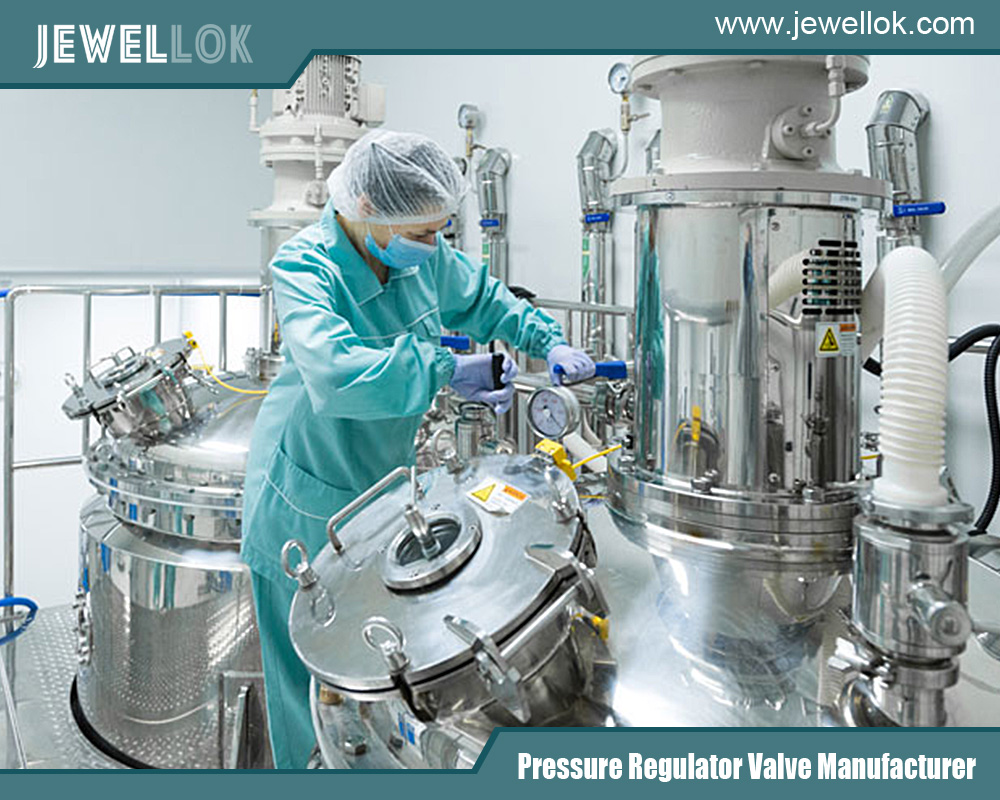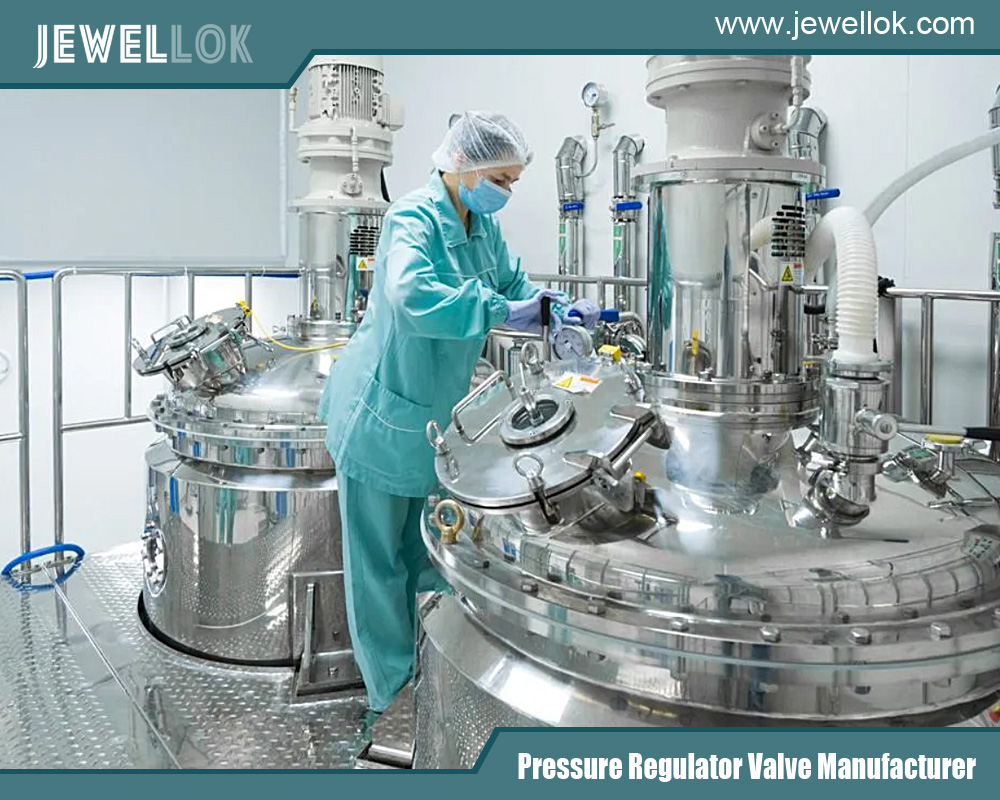Blog
Jewellok is a professional pressure regulator and valve manufacturer and supplier.
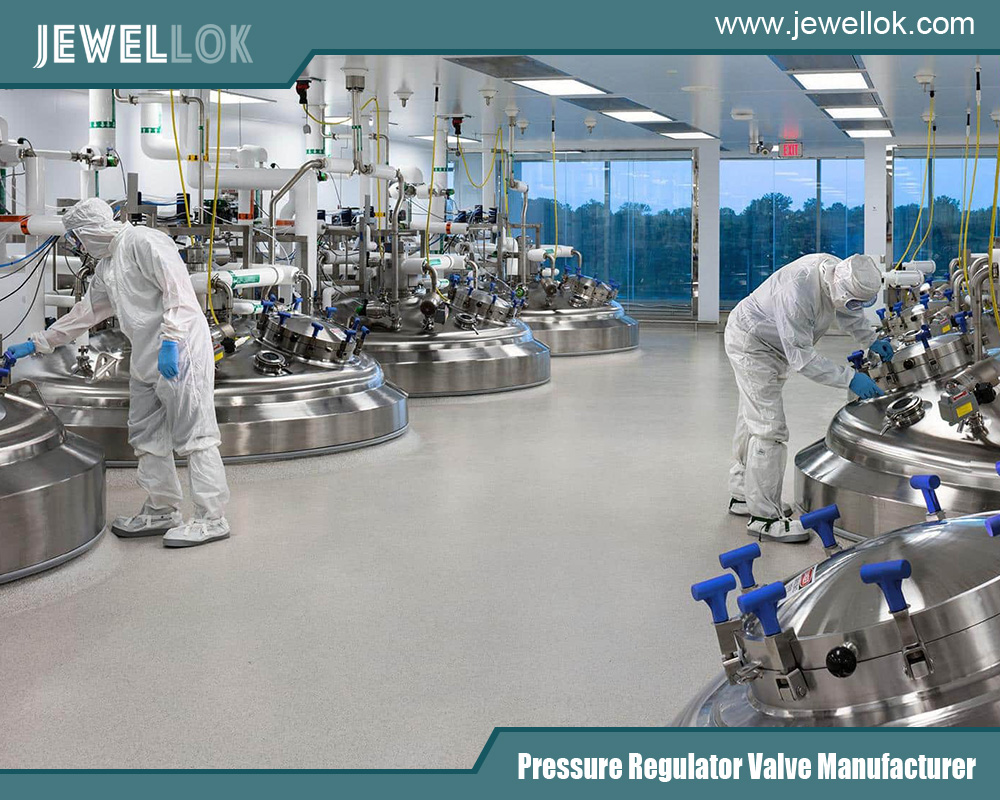
The Comprehensive Guide to Adjustable Low Pressure Propane Regulators
- Pressure Regulator Valve Manufacturer
- 1 1 2 gas pressure regulator, 1 2 gas regulator, 1 2 propane regulator, 12v electric valve, adjustable low pressure propane regulators, adjustable low pressure propane regulators factory, adjustable low pressure propane regulators hotsale, adjustable low pressure propane regulators manufacturer, adjustable low pressure propane regulators OEM, adjustable low pressure propane regulators supplier, adjustable low pressure propane regulators wholesale, gas cylinder, gas pressure regulator how it works, gas regulator, high flow co2 regulator, high pressure argon regulator, high pressure flexible hose pipe, how a regulator works, how does a gas pressure regulator work, how does a needle valve work, how gas pressure regulator works, how pressure regulator works, low pressure gas regulator, pressure regulator, pressure safety valve vs relief valve, propane pressure regulator valve, safety valve and relief valve, safety valve and relief valve difference, solenoid valve working, valve manifold box, water valve timer
- No Comments
The Comprehensive Guide to Adjustable Low Pressure Propane Regulators
An adjustable low pressure propane regulator is crucial in safely and efficiently using propane-fueled appliances. Often used in residential, commercial, and outdoor settings, these regulators control the flow and pressure of propane gas from the tank to the appliance, ensuring steady and reliable performance. Whether setting up a new grill, powering a heater, or running a small appliance, an adjustable low pressure propane regulator can offer the versatility and control you need. In this guide, we’ll dive deep into the essentials of these regulators, their benefits, and how to choose and maintain one for optimal propane appliance performance.
What Is an Adjustable Low Pressure Propane Regulator?
An adjustable low pressure propane regulator is designed to reduce the high pressure from a propane tank to a safe, manageable level for appliances. Unlike standard regulators, these can be adjusted to provide a range of output pressures, allowing users to fine-tune the gas flow based on specific needs.
Key Benefits of Using Adjustable Low Pressure Propane Regulators:
- Enhanced Control:Users can tailor the pressure to meet appliance requirements.
- Safety Assurance:Reduces high tank pressure to safe levels for use.
- Versatile Application:This can be used with various appliances, from stoves to heaters.
How Adjustable Low Pressure Propane Regulators Work
These regulators use a diaphragm and spring mechanism to control gas flow, adjusting to maintain consistent output pressure. By turning a knob or dial, users can modify the spring tension, which increases or decreases the gas pressure.
- Pressure Control Valve:This valve regulates the gas pressure to a desired setting.
- Diaphragm Adjustment: A flexible diaphragm balances pressure between the propane tank and the appliance.
- Spring Mechanism:The spring tension controls the diaphragm, thus controlling output pressure.
Why Opt for a Low Pressure Propane Regulator?
Low Pressure propane regulators are especially suited for appliances that require steady, controlled gas flow without high pressure, like grills, smokers, and patio heaters. Their benefits include:
- Reduced Risk:Low Pressure regulators minimize the risk of leaks or flare-ups.
- Consistent Performance:Appliances run smoothly with a controlled, steady flow.
- Improved Fuel Efficiency:Appliances consume propane more effectively at lower, controlled pressures.
Choosing the Right Adjustable Low Pressure Propane Regulator
Selecting the appropriate propane regulator requires consideration of several factors:
Appliance Compatibility
- Ensure the regulator is suited for Low Pressure appliances.
- Check the BTU rating of your appliance to match the regulator’s capacity.
Adjustable Range
- Choose a regulator with a pressure range suitable for your application.
- Standard Low Pressure ranges are often between 0-10 psi but check your specific needs.
Material and Build Quality
- Opt for durable materials like brass or stainless steel to prevent corrosion.
- Verify that the regulator has a secure design to withstand varying outdoor conditions.
Connection Types
- Check if the regulator fits your propane tank and appliance connections.
- Standard connectors include hose barb fittings, quick-connect, and threaded fittings.
Installation of an Adjustable Low Pressure Propane Regulator
Proper installation is essential to ensure optimal performance and safety. Follow these steps to set up your regulator correctly:
- Shut Off Propane Supply:Before installation, turn off the propane at the tank to avoid leaks.
- Attach the Regulator to the Tank:Connect the regulator securely to the propane tank valve.
- Connect the Hose to the Appliance:Attach the hose from the regulator to your appliance.
- Adjust Pressure Setting:Turn on the propane, then adjust the regulator to the desired pressure level.
- Check for Leaks:Apply a soapy solution to connections to check for any bubbles indicating leaks.
Safety Tips for Using Low Pressure Propane Regulators
Using propane requires careful handling. Here are safety tips to keep in mind:
- Regularly Check for Leaks: Inspect the regulator, hose, and connections regularly.
- Store Properly:Keep the propane tank and regulator in a cool, ventilated area away from direct sunlight.
- Turn Off When Not in Use:Shut off the propane supply when the appliance isn’t operating.
- Avoid Over-Pressurizing:Adjust the regulator within the safe range recommended for your appliance.
Maintenance Tips for Longevity of Adjustable Low Pressure Propane Regulators
Regular maintenance of your propane regulator will ensure it lasts longer and works reliably. Here are some critical steps:
- Inspect for Wear and Tear:Regularly examine the regulator and hoses for any signs of damage.
- Clean Connectors and Fittings:Dirt and debris can accumulate in connectors, impacting performance.
- Replace Worn-Out Parts:Replace any cracked or degraded components, such as O-rings or hoses.
- Keep It Dry:Water and moisture can corrode metal parts, so store the regulator in a dry place.
Common Issues with Adjustable Low Pressure Propane Regulators and How to Troubleshoot
Even the best regulators can encounter problems. Here are some common issues and solutions:
Low Gas Flow
- Check for clogs in the hose or regulator.
- Ensure the propane tank is sufficiently filled and the valve fully opens.
Hissing Sounds or Leaks
- Tighten all connections.
- Replace worn O-rings and gaskets to prevent leaks.
Inconsistent Flame or Pressure
- Verify the regulator’s pressure setting matches the appliance’s needs.
- Inspect for internal blockages and clean or replace them if necessary.
Advantages of Using an Adjustable Low Pressure Propane Regulator in Outdoor Settings
Outdoor settings present unique challenges that adjustable low pressure propane regulators are well-equipped to handle:
- Weather-Resistant: Designed to operate in various outdoor conditions.
- Easy Adjustability:Perfect for cooking or heating where different pressure settings may be needed.
- Portable and Compact: These regulators are typically compact, making them easily transported.
Comparing Adjustable Low Pressure and High Pressure Propane Regulators
It’s essential to understand the difference between Low Pressure and high pressure regulators:
- Low Pressure Regulators:Suitable for grills, heaters, and appliances needing steady, low flow.
- High Pressure Regulators: Better for appliances needing high heat or intense power, like weed torches or forges.
- Adjustability Options:High Pressure regulators often have a broader range but may lack the fine control of Low Pressure models.
When to Replace Your Adjustable Low Pressure Propane Regulator
Knowing when to replace your propane regulator can help avoid issues and maintain appliance safety.
- Age and Wear:Regulators typically last around five to ten years; older regulators should be replaced.
- Performance Drops:If you notice inconsistent performance, it may indicate regulator wear.
- Visible Damage:Any visible cracks or rust indicate it’s time to replace the regulator.
Conclusion
Adjustable low pressure propane regulators are versatile tools that enhance propane-fueled appliances’ control, safety, and efficiency. Whether you’re grilling, heating, or using a small appliance, understanding how to choose, install, and maintain your regulator can significantly affect performance and longevity. By following the guidelines in this article, you’ll be well-equipped to make the most out of your propane-powered devices safely and efficiently.
For more about the comprehensive guide to adjustable low pressure propane regulators, you can pay a visit to Jewellok at https://www.jewellok.com/ for more info.
Recent Posts
Tags
Recommended Products
-
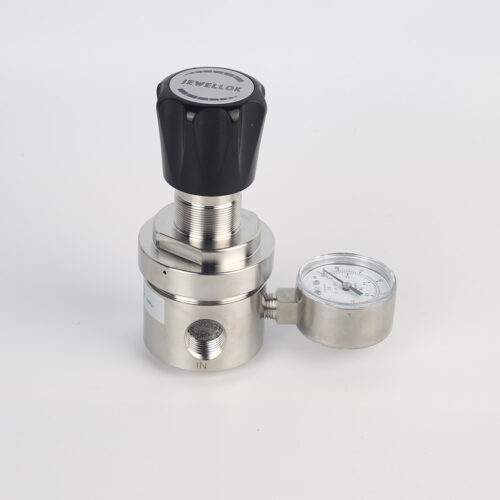
Line And Panel Mounting Adjustable Low Pressure Propane And Nitrogen Pressure Regulator JSR-3L & JSR-3LP Series
-
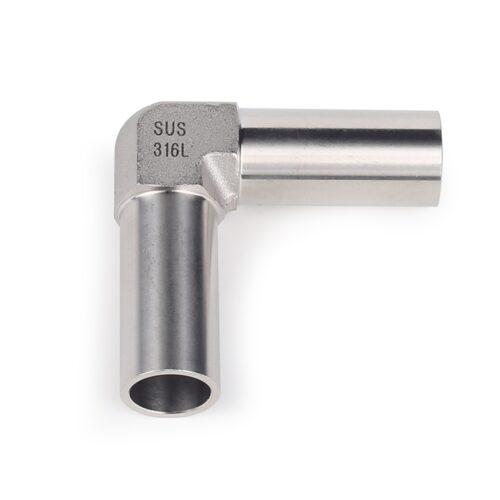
High Purity Stainless Steel Mini Tube Butt Weld Fittings For Semiconductor
-
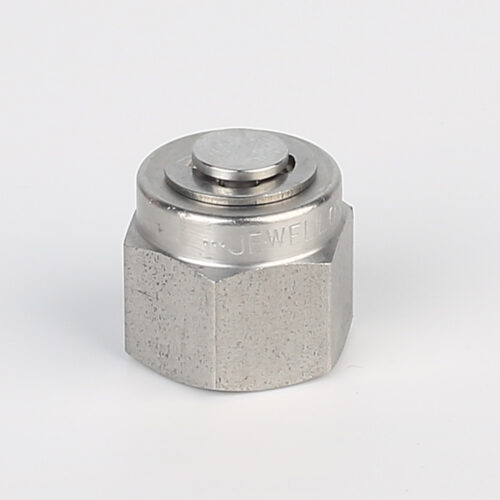
7121L Plug High Purity Plug Fitting And Blanking Plug
-
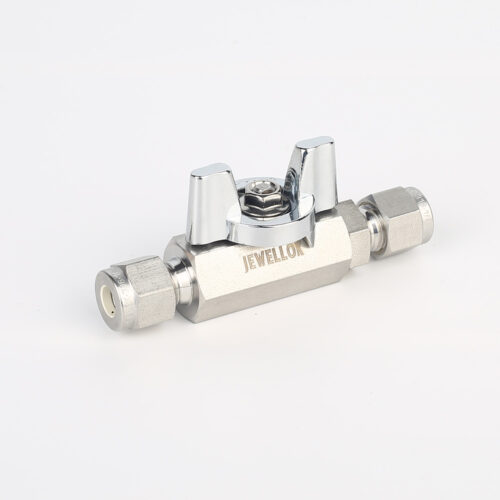
Stainless Steel High-Purity High Temperature Metal Seated Ball Valves JBV3 Series
-
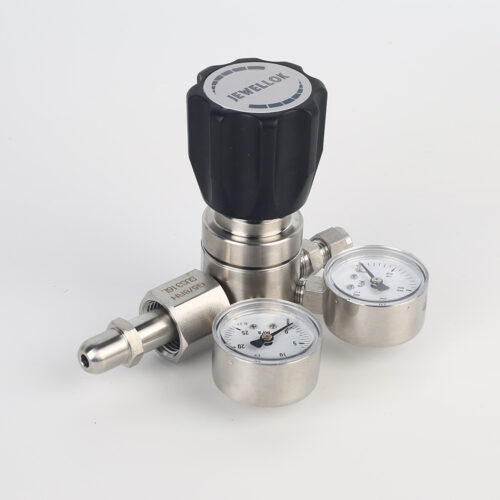
High Purity High Pressure Gas Cylinder Pressure Regulators Pressure Reducing Valve JSR-1E Series
-
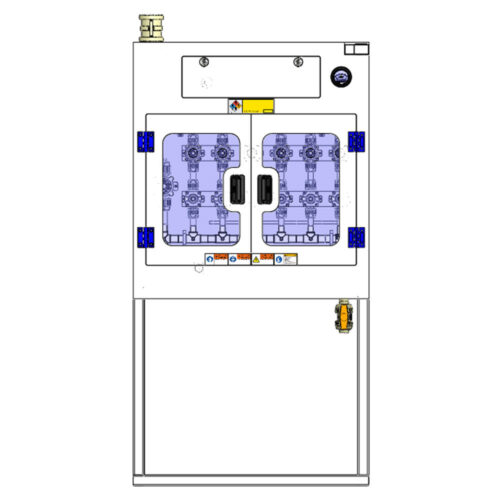
High Purity Configurable Systems VMB Valve Manifold Box JW-200-VMB-C & JW-100-VMB-C
-
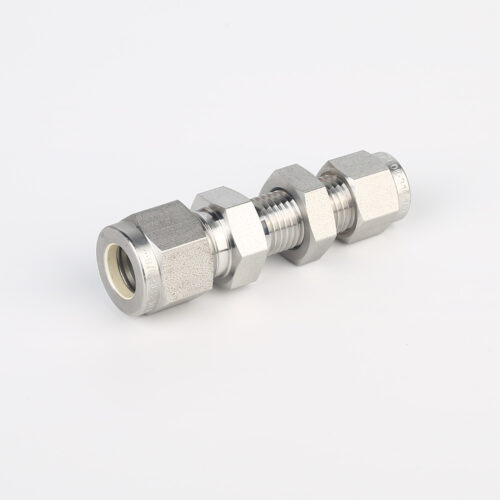
775L Bulkhead Reducing Union | Stainless Steel High Purity Double Ferrule Bulkhead Reducing Unions
-
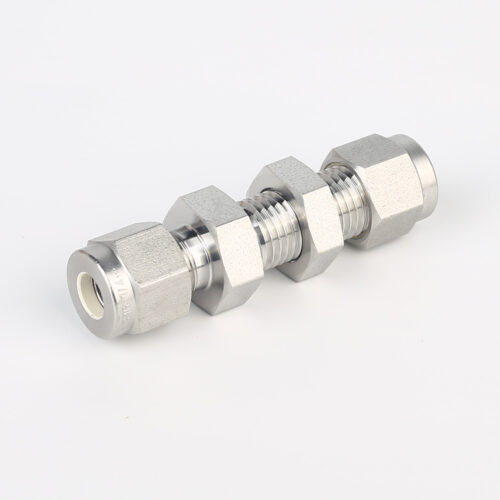
774L Stainless Steel UHP Fittings Butt Weld Bulkhead Union For High Flow Special Gas Fluid
